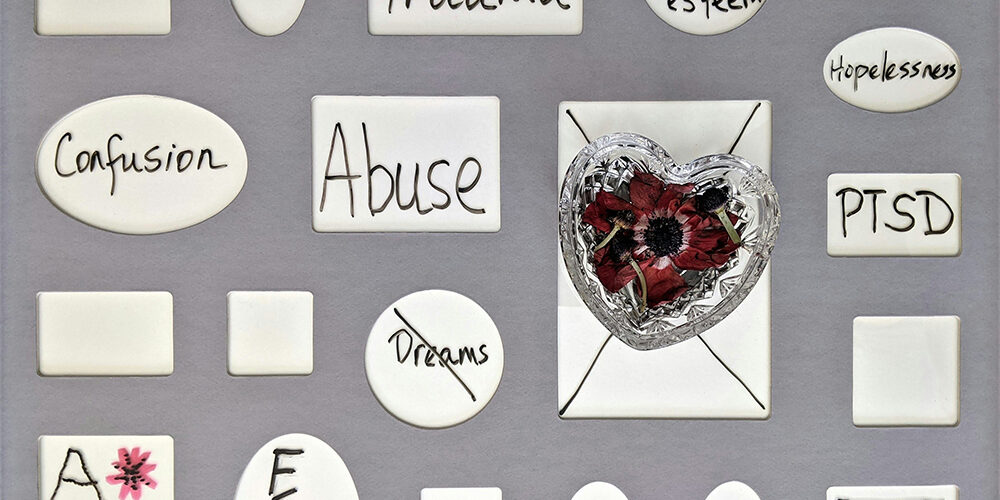Understanding PTSD: A Journey Through Healing
Post-traumatic Stress Disorder (PTSD) is a mental health condition that’s triggered by witnessing or experiencing a terrifying event. The shadows of traumatic experiences can follow individuals long after the physical danger has passed, manifesting through intense, disturbing thoughts and feelings related to their ordeal. In this post, we’ll explore what PTSD is, its symptoms, and the journey toward healing.
What is PTSD?
Initially recognized in war veterans, PTSD can affect anyone who has endured severe trauma. Its roots lie in the body’s natural fight-or-flight response—a physiological reaction that occurs in response to a perceived harmful event. However, in PTSD, this reaction is heightened or altered, causing sufferers to relive the trauma through flashbacks, nightmares, and severe anxiety, long after the actual threat has ceased.
Symptoms of PTSD
PTSD symptoms can disrupt daily life, affecting one’s ability to function and maintain relationships. These symptoms are generally categorized into four types:
1. **Intrusive Thoughts:** Repeated, involuntary memories; distressing dreams; or flashbacks of the traumatic event. Flashbacks may be so vivid that individuals feel they are re-living the traumatic experience.
2. **Avoidance:** Avoiding reminders of the traumatic event, including places, activities, people, and thoughts that recall the trauma.
3. **Negative Changes in Thinking and Mood:** Feelings of hopelessness, memory problems, negative thoughts about oneself or others, and feelings of detachment or estrangement from others.
4. **Changes in Physical and Emotional Reactions:** Being easily startled, always on guard for danger, self-destructive behavior, trouble sleeping, and irritability.
The Path to Healing
Healing from PTSD is a personal journey that varies from one individual to another. However, there are several steps and treatments that have proven effective:
1. **Professional Therapy:** Therapies like Cognitive Behavioral Therapy (CBT) and Eye Movement Desensitization and Reprocessing (EMDR) are widely used to treat PTSD by helping individuals process their trauma.
2. **Medication:** In some cases, medication can help manage symptoms, making it easier for sufferers to engage in therapy and daily activities.
3. **Self-Care:** Engaging in regular physical activity, establishing a stable daily routine, practicing relaxation techniques, and connecting with supportive friends and family can greatly assist in the recovery process.
4. **Support Groups:** Sharing experiences with others who have had similar experiences can provide a sense of community and understanding.
Healing from PTSD is not about forgetting the trauma but learning to live with it in a way that it no longer controls one’s life. It requires patience, courage, and the support of professional therapists and loved ones.
Every journey begins with the acknowledgment of the trauma and the decision to seek help. If you or someone you know is struggling with PTSD, remember that help is available and healing is possible. Taking the first step towards healing is a brave move—one that leads towards reclaiming your life and finding peace within yourself.
PTSD is not a result of a medication shortage. It is a byproduct of the body no longer interacting appropriately with its environment. Although some things can be avoided in our environment this would be the equivalent of putting a bandaid over a sliver, the problem might be covered but it is still there. Symptoms tell us when something is out of balance in our bodies so we can work to fix it. Contact us today to try nomoSIK for your PTSD.
It is important to note that the NOMOSIK therapy has not been evaluated by the FDA and is not intended to diagnose, treat, prevent or cure any disease. It specifically tests and treats for neuro-physiological imbalances in the body. Please see reviews of the amazing recoveries patients have noted with their illness and allergies following treatment of these imbalances. These treatments do not constitute the practice of medicine and are intended solely for the purpose of addressing muskulo-skelital conditions through alternative therapeutic means.

